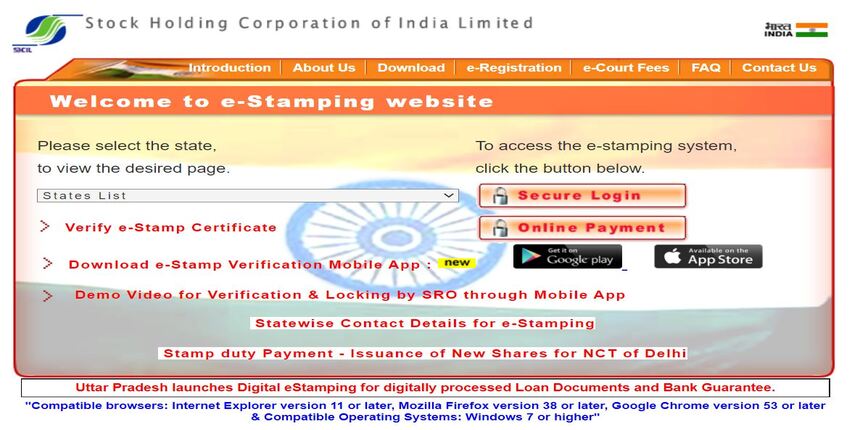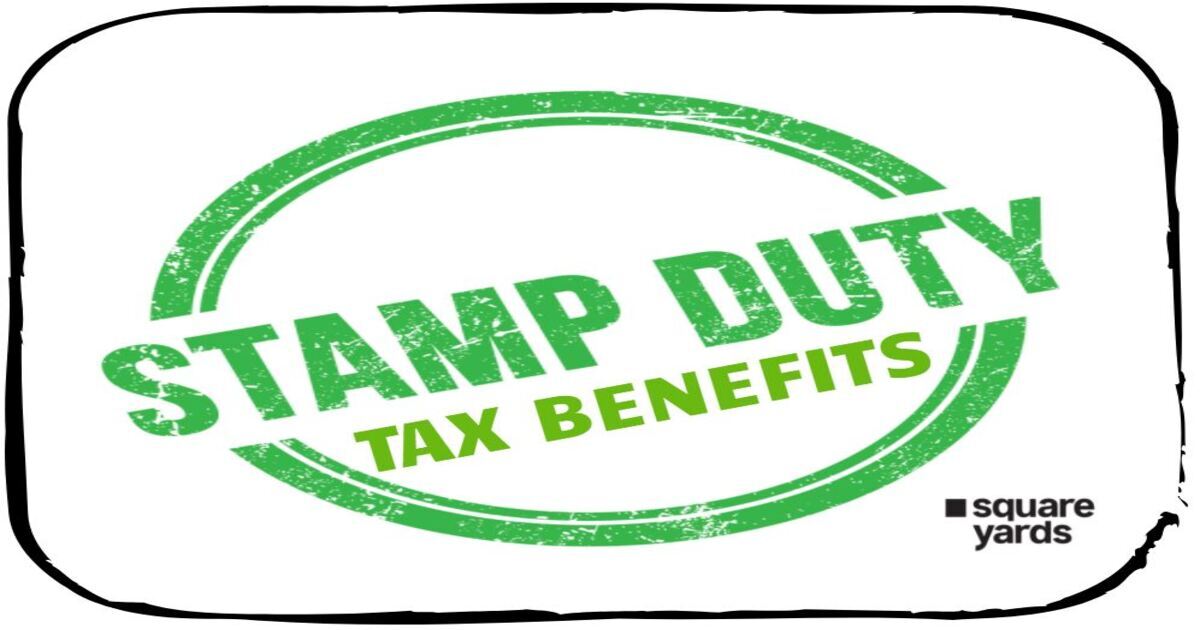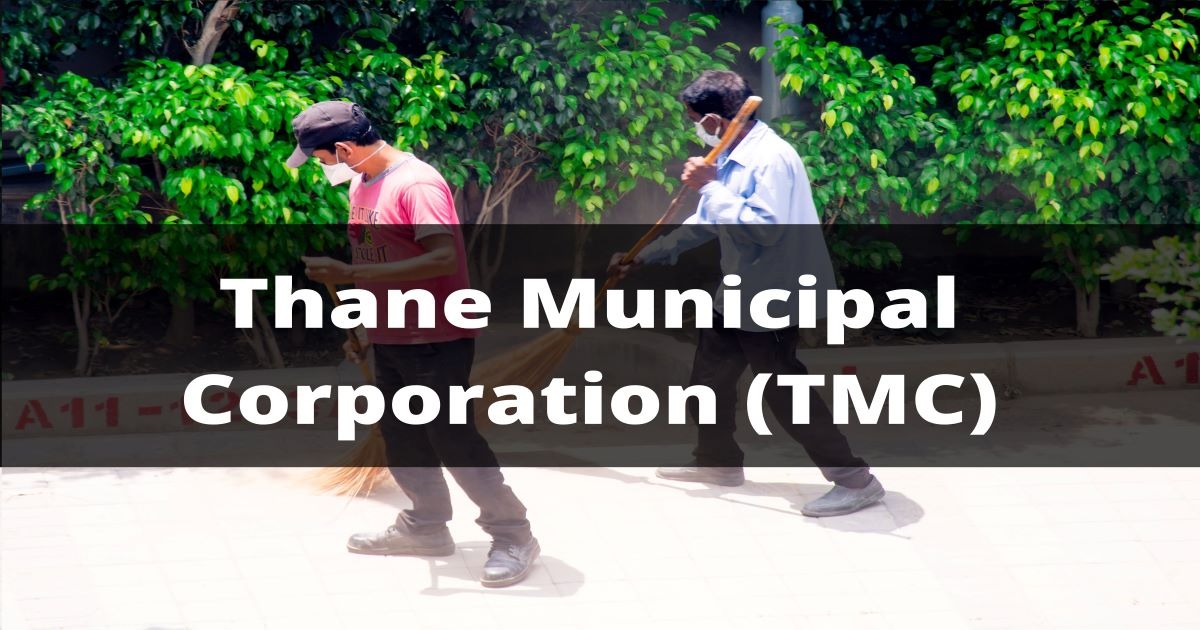Land registration determines the registration costs and stamp duty charges in any state of the country. The stamp duty charges are determined based on the property’s value in the real estate market. As a result, it changes depending on the property’s location. It is also important for the users to note that the
Other expenses include Encumbrance Certificate fees and expenses for document preparation.
If you wish to buy a property in any part of the country the government will charge you stamp duty and registration charges. So, before applying for a home loan, it’s beneficial to delve into stamp duty charges and property registration fees. Apart from this, the owners of the house are paying tax on their properties and availing a lot of tax benefits. This article will help you come across those benefits and how to avail them.
Tax Benefit on Stamp Duty and Registration Charges of a Property
Buyers do not have proper authority over a property until and unless they have registered it in their name. It is important for a user to register one’s property to secure themselves for any kind of fraud in the future, which is why it is necessary for a user to register their property under the state government and also pay the stamp duty attached to it. In case an owner fails to pay the stamp duty they are then required to pay stamp duty later along with a penalty associated with it. And the entire process is done to keep the track of ownership of the property. This makes the payment of both stamp duty and registration charges of a property mandatory where stamp duty is paid for the registration of your documents, and registration charges are the same as the processing fee.
These charges are levied on the property’s market value, which may differ from district to district, urban to rural areas and even on the gender of the owner. The stamp duty on a property’s market value can go up to 8% and the registration charge can be charged up to 1% on the property’s market value. But making payments for both is vital as these are the charges that have been imposed by the Government of India.
A question that arises is how does an owner acquire tax benefit on paying the stamp duty and registration charges of a property?
Stamp Duty and Registration Charges Income Tax Benefit
To provide relief to the taxpayers, the Government of India has provided deductions for stamp duty and registration charges. For the transactions directly related to the transfer can avail deduction for the amount of INR 1.5 lakh according to the Income Tax Act, 1961 under Section 80C.
Factors Affecting Stamp Duty and Registration Charges of a Property
It is mandatory for each and every individual to make payment for stamp duty. It is done to settle one’s ownership.
Factors that affect Karnataka stamp duty rates 2021 are as follows:
- The market value of the property when purchased
- Type of property
- Size of the Property
- Location and area where the property is located.
- The owner’s gender
- The owner’s age
- Commercial or residential status
Documents Required for Stamp Duty and Registration Charge of Property
Below are the documents required:
- Property records in their original form, signed by all parties
- Property Card
- The buyer, seller, and witnesses must all provide verification of their identities and addresses (Aadhaar Card and Pan Card)
- Encumbrance Certificate
- Power of Attorney
- Two reliable witnesses who will verify the parties, as well as identity cards with their images
- Pictures of the buyer and seller
- A pattadar passbook is crucial in the context of agricultural land.
- Photocopy of Section 32A
- An outside shot of the property
- GPA /SPA, if any in original and its photostat copy.
- Link documents copies
- Web land copy in the context of agricultural land.
- Payment receipt for stamp duty and registration charges.
Expenses That Can’t be Counted under Deduction
Expenses that an individual can’t count under a claim of deduction are as follows:
- Admission Fee
- Deposits made at the start of the deal
- Cost of the share
(All these payments are made by the company’s shareholder or the cooperative member.)
- Alternation Fee
- Renovation Fee
- Additional Cost
(These are the payments that are made by the home buyer once they shifted to the new house.)
Stamp Duty and Registration Charges in Other States
| Maharashtra | Stamp Duty in Maharashtra |
| Gujarat | Stamp Duty in Gujarat |
| Uttar Pradesh | Stamp Duty in Uttar Pradesh |
| West Bengal | Stamp Duty in West Bengal |
| Delhi | Stamp Duty in Delhi |
| Karnataka | Stamp Duty in Karnataka |
| Rajasthan | Stamp Duty in Rajasthan |
| Bangalore | Stamp Duty in Bangalore |
| Gurgaon | Stamp Duty in Gurgaon |
| Pune | Stamp Duty in Pune |
| Punjab | Stamp Duty in Punjab |
| Odisha | Stamp Duty in Odisha |
Stamp Duty and Registration Charges – Methods and Calculation
Stamp duty is the tax charge that is imposed at the time of purchasing a property. This charge on the property came into play after the Indian Stamp Act in the year 1899.
This is charged on transactions like sale and conveyance deed and POA papers. An individual can only get the official right over the property documents once they are through with the payment of the stamp duty.
Stamp duty is charged on the property’s market value and is affected by various factors as mentioned above. Then, the property value is compared with the current circle rate, and then finally the stamp duty is charged on the higher value.
State Wise Stamp Duty Charges
| Name of the State | Stamp Duty Charge |
| Andhra Pradesh | 5% |
| Arunachal Pradesh | 6% |
| Assam | 8.25% |
| Bihar | Men to women- 5.7%, women to men- 6.3% and for others- 6% |
| Chhattisgarh | 5% |
| Goa | Till INR 50 lakhs – 3.5%, INR 50- 75 lakhs- 4%, INR 75 lakhs – INR 1 crore- 4.5% & above INR 1 crore- 5% |
| Gujarat | 4.90% |
| Haryana | Men (Rural Area)- 6%, Male (Urban Area)- 8%, Women (Rural Area)- 4%, Women (Urban Area)- 6% |
| Himachal Pradesh | 5% |
| Jammu & Kashmir | 5% |
| Jharkhand | 4% |
| Karnataka | Above INR 35 lakhs- 5%, From INR 21 lakhs – INR 35 lakhs- 3%, Less than INR 20 lakhs- 2% |
| Kerala | 8% |
| Madhya Pradesh | 7.50% |
| Maharashtra | 3% |
| Manipur | 7% |
| Meghalaya | 7% |
| Mizoram | 9% |
| Nagaland | 8.25% |
| Odisha | Men- 5%, Women – 4% |
| Punjab | Men- 7%, Women- 5% |
| Rajasthan | Men- 5%, Women – 4% |
| Sikkim | 4% with additional 1% for Sikkimese & other citizens |
| Tamil Nadu | 7% |
| Telangana | 5% |
| Tripura | 5% |
| Uttar Pradesh | Men- 7%, Women-7% |
| Uttarakhand | Men- 5%, Women- 3.75% |
| West Bengal | Till INR 25 lakhs – 7%, Above INR 25 lakhs- 6% |
Methods of Paying Stamp Duty
There are three different ways for Stamp Duty Payment. These are as follows:
- Non-Judicial Stamp Paper
- E-stamping
- Franking
E-stamping

E-stamping is an online portal that helps the buyer to pay stamp duty for every transaction that they make. Initially, the buyers were required to be presented in the registrar’s office to record their registration charges on the property. To make the entire process easy and comfortable it is now done on an online portal which is known as e-stamping or online stamping.
Franking
It is an instrument that consists of the amount of postage in red-coloured marks that is done through the franking automated machine that has been permitted by the government.
Normally, an officer tends to deduct the instrument by making the payment for the stamp duty by mode of cash.
Non-Judicial Stamp Paper
This is referred to the traditional stamp paper that is used for the purpose of sale deeds, affidavits, deeds, transferring of the immovable properties, agreements, wills, and more. This can easily be bought through any licensed stamp paper vendor.
Calculation of Registration Charges
Registration charges on the other hand are just like the processing fee that the buyer is required on its property that is paid over the stamp duty. This charge is basically counted as 1% of the property’s market value, taking into consideration where the property is located. The registration charge is governed by the state laws and so carries various kinds of limits with itself.
Home Loan Stamp Duty and Registration Tax Benefits
To provide relief to the taxpayers, the Government of India. For the transactions directly related to the transfer can avail deduction for the amount of INR 1.5 lakh according to the Income Tax Act, 1961 under Section 80C. It acts as a home loan tax benefit. You can claim for deduction at any time of the year whereas, the tax deduction on the principal amount repayment of the home loan can only be availed once the preparation of the house is fully completed.
FAQ’s about Tax Benefit On Stamp Duty
Q1. What are the tax benefits for home loans?
A loan against property helps for tax benefit on the interest that you pay against your home loan.
Q2. How do I save on stamp duty?
You can save your stamp duty by registering your property at the circle rate value.
Q3. Is stamp duty income tax deductible?
For the transactions directly related to the transfer, individuals and entities can avail deduction for the amount of INR 1.5 lakh according to the Income Tax Act, 1961 under Section 80C.









































